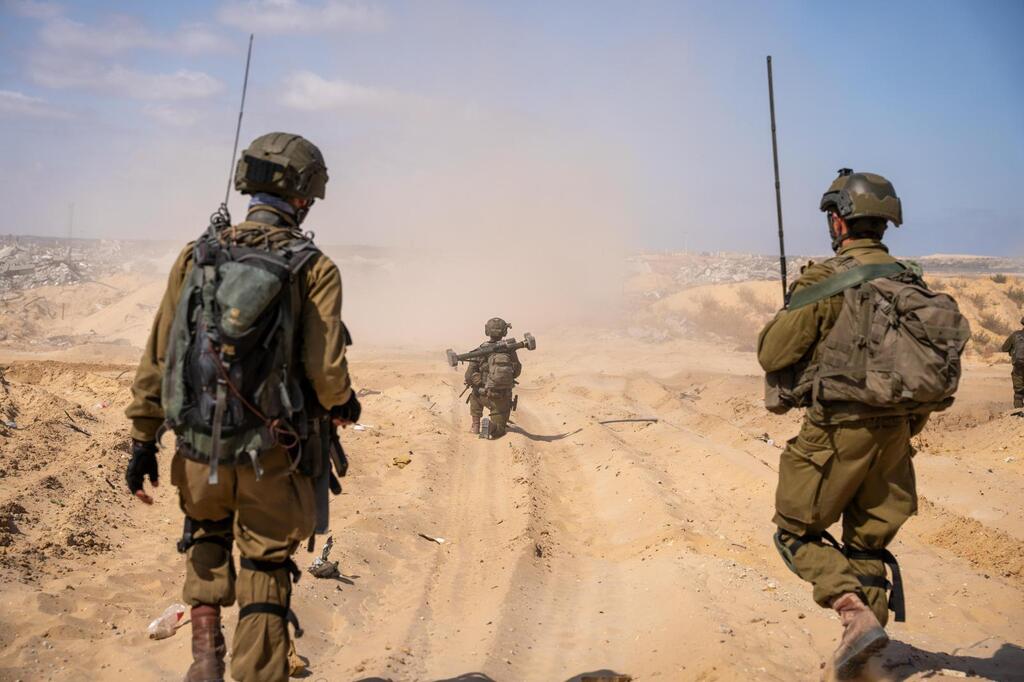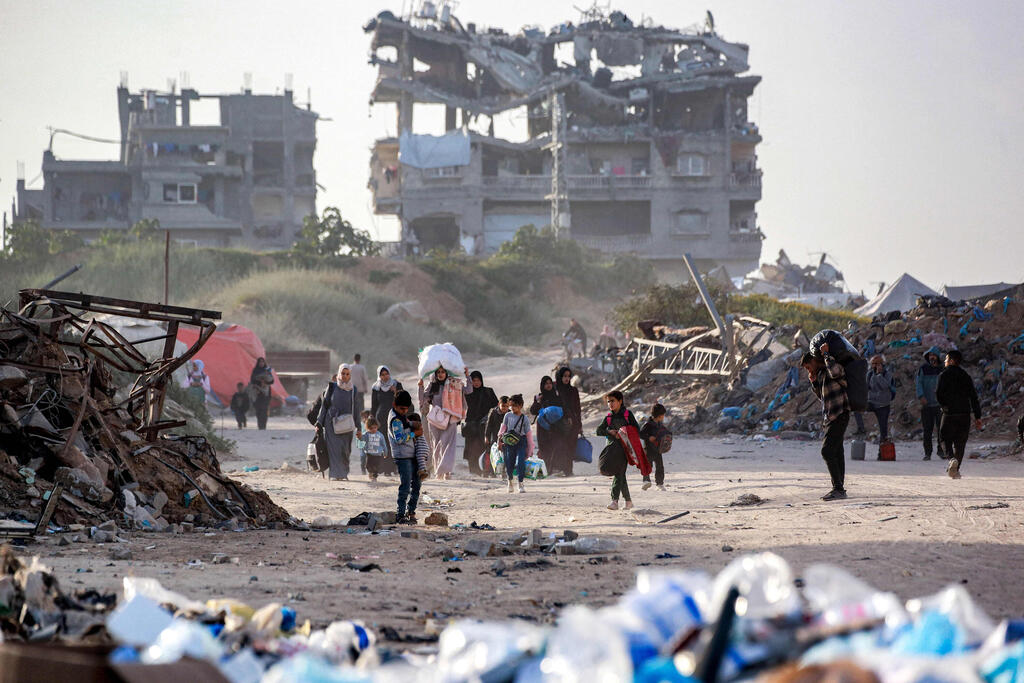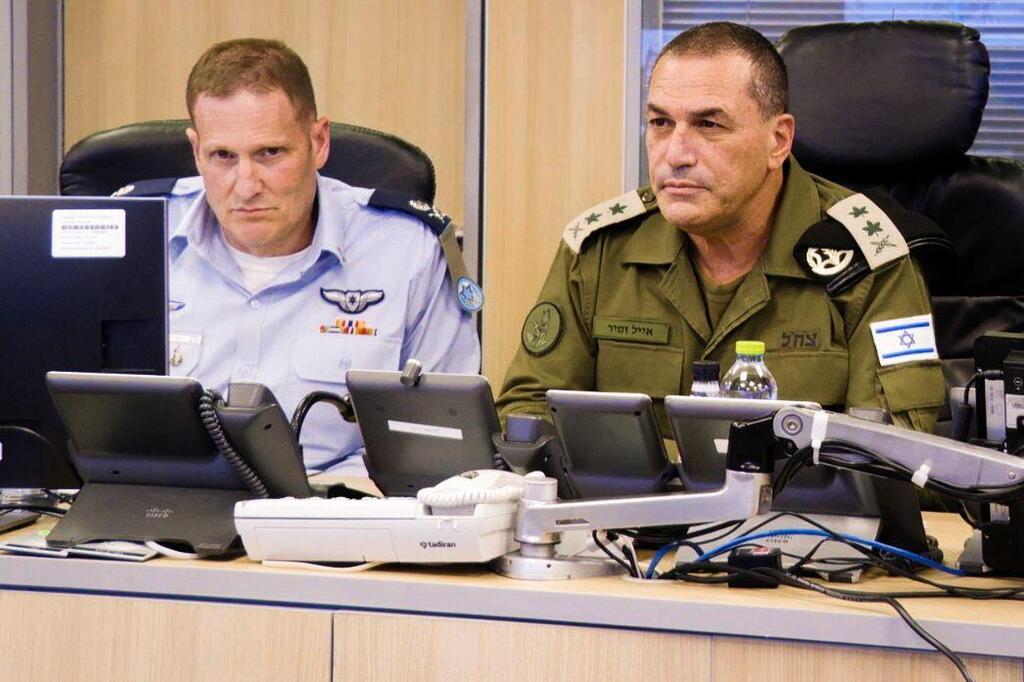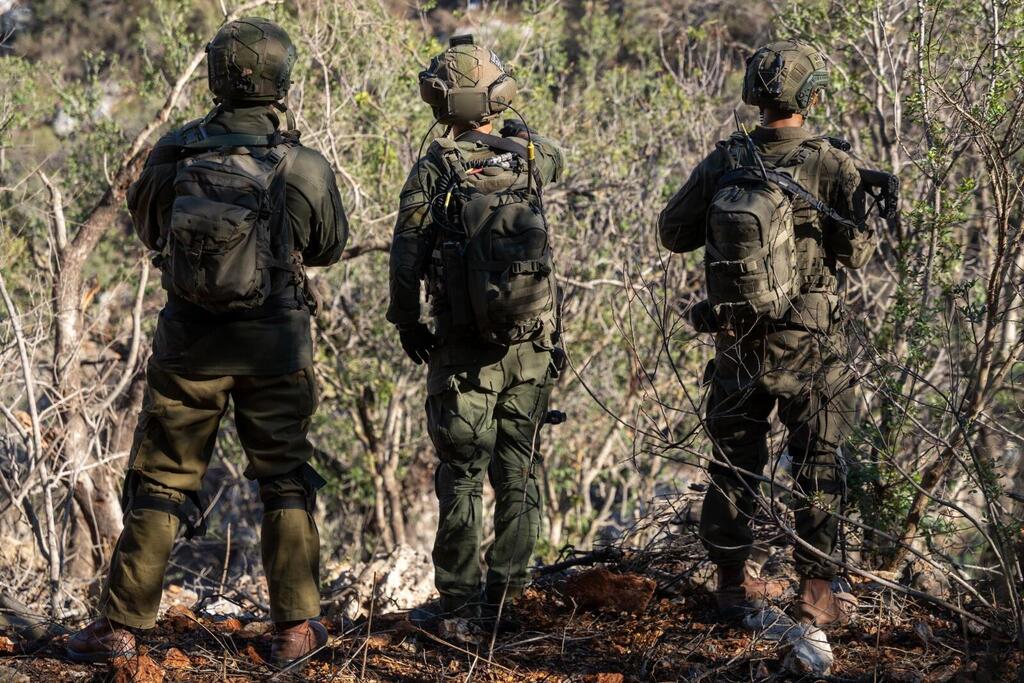Israel’s latest proposal for a partial hostage exchange, which does not include a ceasefire, is expected to be rejected by Hamas unless there are last-minute changes, officials say. As a result, the IDF will launch an extensive operation in the Gaza Strip.
This time, Prime Minister Benjamin Netanyahu and other senior officials have promised, the operation will be different. The IDF will not revert to its previous strategy of targeted raids, where forces would clear neighborhoods and then leave. Instead, the IDF plans to remain in every area it captures with the goal of holding onto that territory.
According to Minister of Finance Bezalel Smotrich, the IDF will not retreat from these areas, even in exchange for the release of hostages. Meanwhile, Hamas continues to demand an end to the war and a complete Israeli withdrawal in exchange for the release of the 59 hostages still held in Gaza.
Criticism of the IDF’s previous approach focused on the high number of soldiers who died in areas that had been cleared of Hamas fighters, only for the terrorist group to regroup once Israeli forces withdrew. This led to a costly cycle, with the IDF returning to these areas later. This happened, for example, in Jabaliya and Beit Lahia, which were cleared repeatedly by the IDF. Ultimately, hundreds of thousands of Gazans returned to these areas as part of the last hostage exchange deal.
Within Israel’s security establishment, there was criticism of the political leadership, which was accused of acting without a strategy to create alternatives to Hamas in these regions. Officials hope that the new plan will address this gap, with the government promising that it will be more effective as the war enters its second year.
The Security Cabinet approved an expanded operation in Gaza last night, known as “Gideon’s Chariots.” The plan involves a graduated maneuver in which the IDF will capture and hold territories, focusing on “capture and stay” rather than short-term raids. The plan was unanimously approved by the Cabinet, and according to Netanyahu, it was proposed by IDF Chief of Staff Lt. Gen. Eyal Zamir. The aim, Netanyahu said, is to defeat Hamas in Gaza and bring back the hostages. This aligns with statements he made in recent months.
The Cabinet also approved a reorganization of humanitarian aid distribution in Gaza “if necessary” to prevent Hamas from seizing the supplies and to degrade the group’s governance capabilities. Senior security officials had called for this step for some time, believing that it would reduce the civilian population’s dependency on Hamas. It was noted during the Cabinet meeting that there is currently sufficient food in Gaza.
The new plan will include the occupation and retention of Gaza’s territory, the relocation of Gaza’s population southward for their protection, and efforts to deny Hamas the ability to distribute humanitarian aid. Military operations aimed at weakening Hamas are also part of the plan.
For Netanyahu and Smotrich, the “top goal” of the operation is clear: the defeat of Hamas. In a speech at the conclusion of the World Bible Contest, Netanyahu, while addressing the hostages, said, “We have many objectives. We’ve already brought back 147 hostages alive, and a total of 196. There are up to 24 more alive, and we want to bring back the remaining 59. But the ultimate objective of the war is victory over our enemies.”
Smotrich added that the IDF would not withdraw from the areas it captures in Gaza, even in exchange for hostages. "Once an operation begins, there is no retreat from the areas we’ve captured, not even for hostages,” he said at a conference in Sderot.
However, IDF Spokesperson Brig. Gen. Effie Defrin contradicted Netanyahu and Smotrich, clarifying that the aim of the operation is to “increase pressure on Hamas to bring it to the negotiating table for hostage releases.” Zamir also told the Cabinet that the IDF is on the path to defeating Hamas, which will assist in the return of the hostages. Netanyahu added that the plan is a good one because it can achieve both goals – defeating Hamas and bringing back the hostages.
Families of the hostages, however, expressed frustration, emphasizing their belief that military pressure would only result in more deaths. They pointed to past experiences where hostages were lost during military operations.
Following comments attributed to Zamir about the potential loss of hostages during an extensive military maneuver, 25 families of the hostages demanded an urgent meeting with him. “It’s unacceptable that we hear about the risk of losing our loved ones through the media,” said a statement from the Hostages Families headquarters. Defrin responded, without directly addressing the quote, saying that the hostages are always at the forefront of the IDF’s mind. He added that the goal of returning the hostages and defeating Hamas are interlinked.
The expanded operation is not expected to start immediately. Several factors contribute to the delay. One major reason is that the IDF still needs to complete its reservist call-up and prepare the necessary forces. Another reason is the upcoming visit of U.S. President Donald Trump to Saudi Arabia, Qatar, and the United Arab Emirates later this month. Israeli officials prefer to conduct a large-scale military operation after Trump’s visit concludes, so as not to overshadow his diplomatic efforts regarding the Gaza war.
A senior security official said that preparations for the operation will allow a window of opportunity for a hostage deal under the “Witkoff model,” in which some hostages may be released in exchange for a ceasefire and humanitarian aid. In such a case, Israel would aim to retain control of the areas it clears, expanding its security buffer beyond the March lines.
Once the new plan is implemented, the operation in Gaza will largely resemble previous tactics, with the key difference being in how the territory is treated. Once the IDF clears an area, it will remain there, with the key term being “occupation.” The maneuver will be gradual, as in the past, and not a full-scale occupation of Gaza all at once.
Netanyahu clarified that the new plan differs from past ones in that “we are moving from short-term raids to occupying areas and remaining there.” He also mentioned that efforts are ongoing to promote a plan proposed by President Trump that would allow Gazans to leave voluntarily, with negotiations already underway with several countries.
According to a senior security official, the IDF’s continued presence in the area will follow the Rafah model to prevent terrorism from returning to cleared areas. Humanitarian aid, as previously outlined, will be delivered after the start of the operation, and the IDF will oversee the process, creating designated safe zones where Hamas members will be screened out.
The expanded operation, along with the call-up of tens of thousands of reservists, is expected to place a significant financial burden on Israel. Senior officials in the Ministry of Finance have expressed concern that new austerity measures will be needed to fund the operation, including substantial cuts to government budgets, which would severely affect services to Israeli citizens. There is also a possibility of new tax hikes, particularly those not already approved in this year’s budget, despite opposition from the Finance Ministry and the Tax Authority.
Security officials estimate that the resumption of large-scale military operations in Gaza will require additional funding for the IDF, possibly amounting to as much as 15 billion shekels, or more. One senior Ministry of Finance official noted that “the government must take into account the enormous cost of expanding the war in Gaza, especially with the call-up of tens of thousands of reservists for extended periods.”
U.S. President Trump stated that the U.S. would help provide food to Gaza’s civilians, although he did not directly reference Israel’s operational plans in the region. “The people of Gaza are being treated poorly by Hamas,” Trump said.
Israel and the U.S. are working on a secure aid distribution mechanism to ensure that humanitarian supplies reach Gaza without benefiting Hamas. The model being discussed is based on the “Witkoff model,” named after U.S. Special Representative for the Middle East, Steve Witkoff. This system was previously used during a ceasefire in the Nitzarim corridor.
The U.S.-led international humanitarian aid fund would be independent, managed by leading humanitarian and political organizations. The fund will work with civilian companies and NGOs to oversee aid distribution in Gaza. Israel will not hire companies directly but will rely on the fund to manage the process.
The fund is part of a broader vision by President Trump for Gaza’s future, aligning with his administration's policy of not funding either side of the conflict.
Recently, many reservists were notified to prepare for an unexpected call-up. The mobilized forces will likely be split into two categories: one group will serve in offensive roles in Gaza, while the other will replace regular IDF units in the field.
At the same time, the Israeli government is pushing for a law that would exempt thousands of Haredim from military service. This move has sparked controversy, with opposition members in the Knesset criticizing the government’s decision not to include them in the draft.
Get the Ynetnews app on your smartphone: Google Play: https://bit.ly/4eJ37pE | Apple App Store: https://bit.ly/3ZL7iNv
During an emergency meeting of the Knesset’s State Comptroller Committee, which was not attended by coalition representatives, the IDF presented concerning data about the readiness and physical condition of its soldiers. “There is significant wear and tear, both physically and mentally, as many regular units have been continuously fighting since October 7. The need for more reservists and regular forces is growing dramatically,” said Brig. Gen. Rami Abudraham, Head of the IDF’s Ground Forces Directorate.
Brig. Gen. Shai Taib, Head of IDF Manpower Planning, said the army needs 12,000 additional regular soldiers, including 7,000 combat soldiers, to meet current operational demands. Meanwhile, the Chair of the Foreign Affairs and Defense Committee, Yuli Edelstein, called for an explanation from Netanyahu and Defense Minister Israel Katz regarding the lack of reinforcements. “The army’s regular forces are nearing exhaustion,” Edelstein said.







